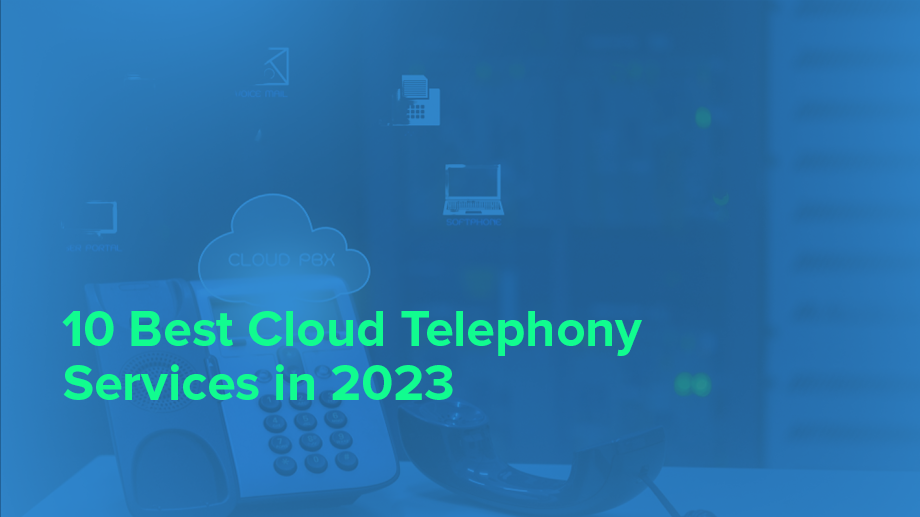- Resources
- Optimizing Workforce Management in a Call Center: Tips and Best Practices
Optimizing Workforce Management in a Call Center: Tips and Best Practices

Managing a call center workforce is all about strategic planning and coordinating employee tasks like scheduling, staffing, tracking performance, quality assurance, and training. Doing it right means skilled and motivated employees are always ready to meet customers’ needs, boosting satisfaction and overall efficiency.
Did you know?
- Call centers using workforce management software see a 26% boost in agent productivity, 16% better service quality, and 14% higher customer retention compared to those without it (Aberdeen Group).
- ICMI reports that call centers with optimized workforce management can cut operating costs by up to 46%, increase revenue by up to 15%, and raise customer satisfaction by up to 12%.
- According to Call Centre Helper, the top perks of workforce management for call center agents are: better work-life balance (61.5%), more consistent schedules (53.8%), and fairer, more transparent shift allocation (46.2%).
These impressive stats show just how important workforce management is in call centers. By optimizing your workforce management strategies and using advanced tools and technologies, your call center can unlock its full potential and thrive in a competitive market.
Benefits of Workforce Management in Call Centers
So, why should you focus on workforce management in your call center? Well, there are quite a few perks that come with it.
- Improved Customer Satisfaction
- Employee Engagement and Retention
- Operational Efficiency
- Cost Savings and Budget Optimization
Let’s break it down:
Improved Customer Satisfaction
When you have skilled agents ready to help customers, your call center can handle concerns more efficiently. And guess what? That leads to a better customer experience.
Employee Engagement and Retention
A healthy work environment is essential. Fair scheduling and development opportunities create a positive atmosphere, encouraging agents to stick around and reducing turnover costs. You can also implement employee record software to manage employees and offer fair development and progression opportunities.
Operational Efficiency
Accurately forecasting call volumes and allocating resources helps minimize idle time and improve agent productivity. Plus, it supports better resource allocation and utilization, making sure your call center can handle customer inquiries without overburdening agents or sacrificing service quality.
Cost Savings and Budget Optimization
Last but not least, successful workforce management helps you save money! By minimizing overstaffing and ensuring agents are utilized effectively, call centers can reduce labor costs and operate within their budget constraints. That means a more sustainable and profitable operation – and who doesn’t want that?
Challenges of Workforce Management in Call Centers
Workforce management in call centers is super beneficial, but it’s not without its challenges. Let’s take a look at some of them:
Managing High Call Volumes and Peak Periods
Call centers need to make sure they have enough staff to handle fluctuating demand, which can be tough to predict accurately. This often requires dynamic scheduling and resource allocation.
Compliance with Regulations and Policies
Staying compliant with labor laws, data privacy rules, and industry-specific requirements is crucial. Non-compliance can lead to fines, penalties, and damage to your reputation.
Maintaining Consistent Customer Service Quality
Ensuring all agents deliver top-notch customer service requires ongoing monitoring, evaluation, and training. Keeping everyone up to performance standards is a constant challenge.
Engaging and Retaining Skilled Employees
High attrition rates and the need for skilled agents make it essential for call centers to create an engaging work environment and provide opportunities for growth and development.
Adapting to Technological Advancements and Industry Trends
Call centers need to stay on top of new technologies, like AI, automation, and cloud-based solutions, and integrate them into their operations. This requires ongoing investment in technology, infrastructure, and employee training.
Tips for Optimizing Workforce Management in a Call Center
Optimizing workforce management in a call center involves implementing various strategies and technologies to enhance efficiency, productivity, and employee satisfaction.
- Utilize specialized technologies for automation and optimization
- Invest in training and development programs
- Implement performance tracking and reporting systems
- Develop strategies for managing high call volumes and peak periods
- Foster a positive work environment
Here are some handy tips to help you out:
1. Utilize specialized technologies for automation and optimization:
Implementing workforce management platforms can automate tasks like scheduling, monitoring, and forecasting. AI and machine learning tools can enhance decision-making, while cloud-based solutions enable seamless data access and collaboration. Integrating CRM systems ensures a unified view of customer interactions and agent performance.
2. Invest in training and development programs:
Providing opportunities for employee skill enhancement, managerial training, and continuous learning helps to keep agents engaged, motivated, and equipped to handle customer needs effectively.
3. Implement performance tracking and reporting systems:
Establishing key performance indicators (KPIs) helps measure agent productivity and efficiency. Regular monitoring, evaluation, and feedback mechanisms support continuous improvement and ensure that agents meet performance standards.
4. Develop strategies for managing high call volumes and peak periods:
Utilize predictive forecasting to anticipate customer demand and allocate resources accordingly. Employ dynamic scheduling and staffing to ensure adequate coverage during high-demand periods. Leverage real-time data and intraday reporting to adapt to changing call volumes and make informed decisions.
5. Foster a positive work environment:
Create a supportive and inclusive atmosphere where employees feel valued and appreciated. Encourage open communication and collaboration among team members to enhance overall productivity and job satisfaction.
Best Practices for Workforce Management in Call Centers
So, you want to optimize your call center’s workforce management? Great! Here are some best practices to help you get the most out of your efforts:
Create a dedicated WFM team or specialist:
Having a person or team focused on workforce management ensures that important tasks like scheduling, forecasting, and performance tracking get the attention they need.
Treat all agents fairly and provide transparent decision-making:
When agents feel they’re treated fairly and understand how decisions are made, it creates a positive work environment and helps reduce employee turnover.
Enable employee self-service for scheduling and preferences:
Letting agents manage their schedules and preferences gives them a sense of empowerment and leads to higher job satisfaction.
Account for shrinkage in staffing requirements:
Don’t forget to factor in time when agents aren’t actively serving customers, like breaks or training sessions. This helps create more accurate staffing plans.
Set realistic targets and track them consistently:
By setting achievable goals and monitoring progress, agents stay focused and motivated to meet performance expectations.
Collect quality data for accurate scheduling and forecasting:
Using reliable data sources and integrating WFM software with other tools improves scheduling accuracy and helps cut operating costs.
Focus on continuous improvement through feedback and training:
Encourage ongoing development and skill enhancement for both managers and employees by providing regular feedback and training opportunities.
Conclusion
To sum up, workforce management is super important for making sure your call center runs smoothly and efficiently, with skilled agents always ready to provide top-notch customer service. By following tips and best practices like investing in specialized software, setting up performance tracking systems, and coming up with strategies to handle high call volumes, you can seriously boost customer satisfaction and overall business performance.
As the call center industry keeps on changing and evolving, you’ve got to stay on your toes and keep improving. That means embracing new tech, keeping up with the latest trends, and always looking for ways to do better. When you focus on optimizing workforce management, your call center can stand out from the crowd and really make a difference for your customers.
How Ozonetel enables workforce optimization
Ozonetel is an omnichannel CX platform provider offering various features and solutions to help you manage your workforce effectively.
Smart Routing: Assigns calls to the best agents, optimizing distribution and improving customer satisfaction.
Real-time Monitoring: Keeps track of agent activities, productivity, and quality with a real-time dashboard and screen recording for coaching.
Automation and Streamlining: Streamlines workforce processes with automation, including forecasting, scheduling, adherence, and optimization, aided by AI-driven insights.
Seamless CRM Integration: Seamlessly integrates with popular CRM platforms like Salesforce and Zendesk to access workforce management tools within your CRM dashboard.
Data Sync: Automatically syncs call data and activities, enhancing efficiency and streamlining workflows.
Discover how Ozonetel’s call center software can help elevate your workforce management strategy and transform your customer experience. Learn more about our solutions and how they can benefit your business.
Want to see what Ozonetel can do for your company? Sign up today for a free 21-day trial.
Prashanth Kancherla
Chief Product Officer, Ozonetel Communications
Over the past decade, Prashanth has worked with 3000+ customer experience and contact center leaders...
Chief Product Officer, Ozonetel Communications
Over the past decade, Prashanth has worked with 3000+ customer experience and contact center leaders to comprehensively understand the need for effective and efficient customer communications at every step of their journey with a brand. Deeply embedded in today’s CCaaS ecosystem, he has been instrumental in Ozonetel's growth and contributed in various roles including product management, sales, and solution architecture.
Related resources
Lorem ipsum dolor sit amet, consectetur adipiscing elit. Ut elit tellus, luctus nec ullamcorper mattis, pulvinar dapibus leo.







